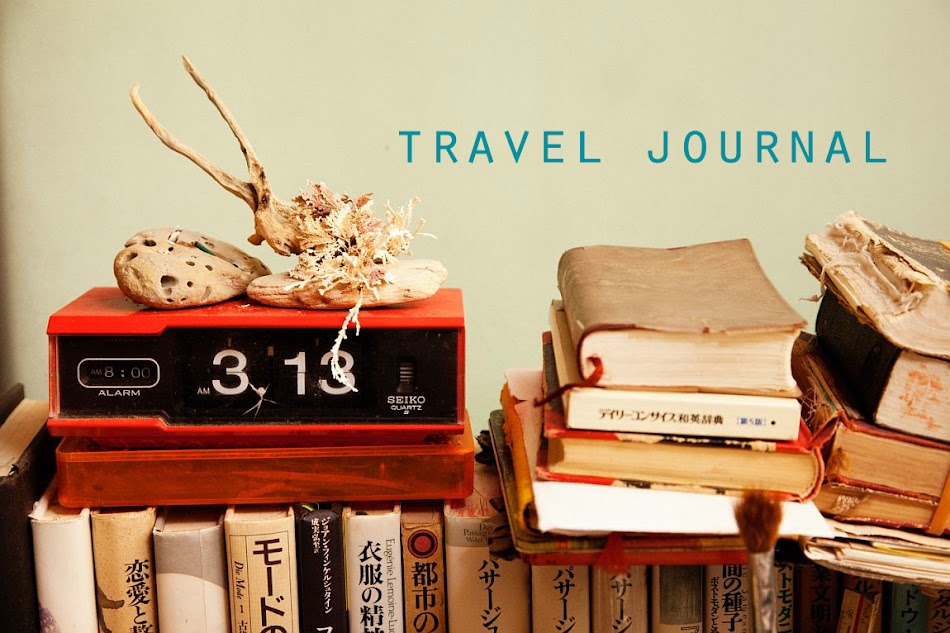My wacky uncle helped me with my winning application to the Fashion Institute of Technology. This poster was part one. I should note that it was mostly written by my uncle, he has limited knowledge of the fashion world. Uncle B. worked for the public access television station in Bennington, Vermont (CAT-TV), so we put together a glamorous video of me modeling my odd collection, complete with mixtape music and carefully selected images projected as my background. Part two of the application, VHS in the mail. I also remember writing a very cerebral, stream of consciousness essay about mascara and the creative effects of the sun filtering through heavy velvet drapes. Art school!
Shown here is one of the earliest known photographs of Jamie C'menlio, who is perhaps today's most hip and eloquent designer. The picture, which shows the acclaimed Ms. C'menlio modeling a vintage Jean Paul Gaultier ensemble is all the more rare because it was snapped by the late Gianni Versace during one of his summer residencies in the Soho section of Watertown, New York, the world-renowned art community.
Money for the photo--which, if found, will be donated to the Metropolitan Museum of Modern Art's Fashion archive--has been raised by many luminaries including Tommy Hilfiger, Donna Karan, Issac Mizrahi, Todd Oldham, Anna Sui, and Vera Wang...
To be sure, there has been much controversy surrounding this case. There have been several reported hoaxes involving the famed "Girl by the Chair", as the picture has become known, including one of a man claiming to be the designer's uncle, Bob Comenole, now serving federal time in Leavenworth Prison for the fraud.
To contact Mr. Comenole {who remains defiant, insisting that the celebrity is in fact his niece} in his prison cell, you may e-mail directly: Inmate RJC111157
To see more of Ms. C'menlio's work, see:
La nouvelle collection COUTURE
I remember the day I got my acceptance letter. My mother had gone out of town and so I threw the most fun house party in history. Legendary I say. We danced so much that frozen windows shattered. The neighborhood death metal band, Pagan Holiday, attended. Costumed photo shoots took place in the snow banks out front. Someone slipped on a banana peel. That resulted in an seemingly infinte round of laughter. It was unforgettable. Early the following morning a friend, who had arrived very late to the party, surprised us with a box full of breakfast treats. When I opened the door to greet him, I also brought in the mail. There it was. And it was equally nerve wracking and amazing, opening it with all of my best friends around me, wearing remnants of my costumes, in a dreamy post-party afterglow.



















